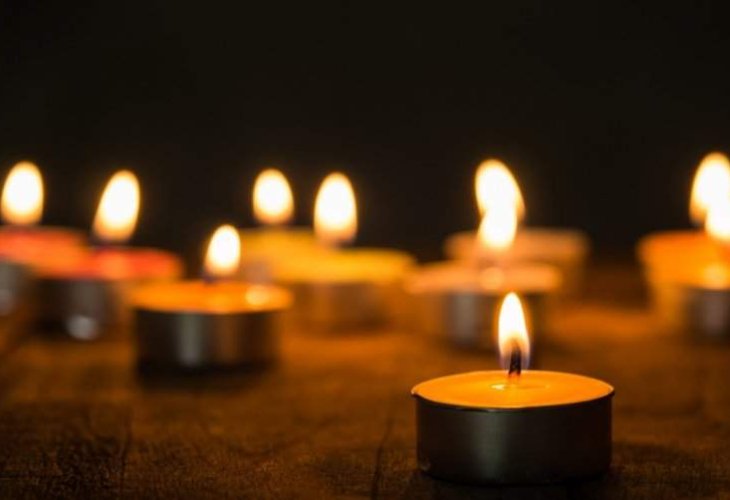Days of Mourning
An insightful guide to understanding the mourning period traditions and special considerations for the ill and new mothers.
- בהלכה ובאגדה
- פורסם י' שבט התשע"ח
 (Photo: shutterstock)
(Photo: shutterstock) #VALUE!
After Burial
After the burial, the "onen" [initial mourner] becomes an "avel" [mourner], and returns to being obligated in all commandments.
Seven Days
The mourner observes mourning for seven days. The seven days begin immediately after burial when one starts behaving as a mourner, sitting on the floor or removing shoes and so forth. From that time until evening is counted as one full day of mourning, even if the burial took place just minutes before sunset, and then one counts six more days.
Buried During Twilight
One who buried their deceased during twilight [the time period from sunset until nightfall, which is considered doubtfully day or night], even if they did not begin mourning practices immediately but only upon returning home after nightfall, counts the day that passed as the first of the seven days, and completes another six days. (B 89)
Buried 18 Minutes After Sunset
Even one who buried their deceased up to eighteen and a half minutes after sunset [in seasonal minutes. In winter approximately: 16 regular minutes. And in summer approximately: 24 regular minutes], and did not observe mourning until returning home, counts the day that passed as the first of the seven days, and completes another six days. (B 97)
It should be clarified that although the time of "twilight" is 13.5 seasonal minutes, according to the opinion of Maran Shulchan Aruch, the Rema, and most early authorities, who hold that the measure of walking a mil [2,000 cubits] is 18 minutes, and consequently twilight, which is 3/4 of a mil, is 13.5 seasonal minutes, after which comes "nightfall." [To understand the concept of "seasonal hours and minutes," see the booklet "The Daily Schedule in Halacha and Aggadah" (page 126)]. However, according to the Rambam and others, the measure of a mil is 24 minutes, making twilight 18 seasonal minutes. And considering the opinion of Rabbi Yossi in the Gemara who says that twilight is like the blink of an eye [the measure of blinking an eye gently, not forcefully (Rashi Shabbat 34b)], beginning half a minute after twilight, and only at that hour does "nightfall" arrive, according to him until 18.5 seasonal minutes it is still completely day. Therefore, if one was buried within this time, we count the day that passed as the first of the seven days, because the halacha follows the lenient opinion in matters of mourning. But after this time, one should not be lenient to consider it day because of Rabbeinu Tam's opinion, since the custom follows the Geonim. (B 97. See Responsa Yabia Omer Part 7 Section 41, Part 9 Section 88 Paragraph 24, Part 10 Section 31. Maayan Omer 277)
Delayed Burial
One who had a death abroad and was informed that the burial would not take place until three days later, should ideally sit shiva after the burial [and in the interim days one is not considered an onen, and is obligated in all commandments, only that one should not put on tefillin on the day of death (B 107, 109)]. Nevertheless, if one sat in mourning before the burial, those days count toward the seven days, and one does not need to complete any more. (B 100)
The Ill
A sick mourner who observed some mourning practices according to their ability has fulfilled their obligation and does not need to complete the remaining shiva practices after recovery. Therefore, a new mother who wore leather shoes and did not sit on the floor, it is sufficient that she was careful about other matters such as work, haircuts, joyous matters, makeup, bathing [when not absolutely necessary], and she does not need to make them up afterward. (B 88)

